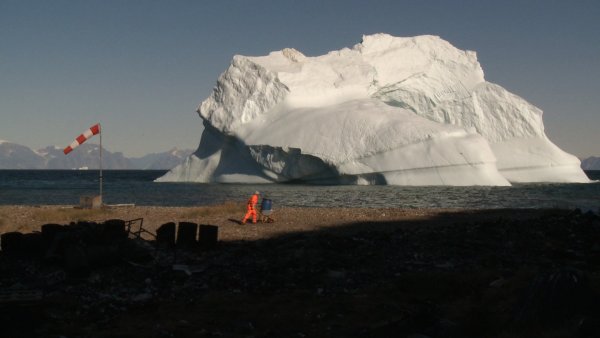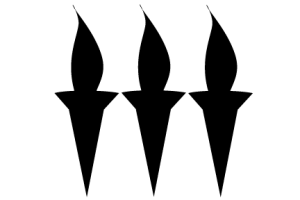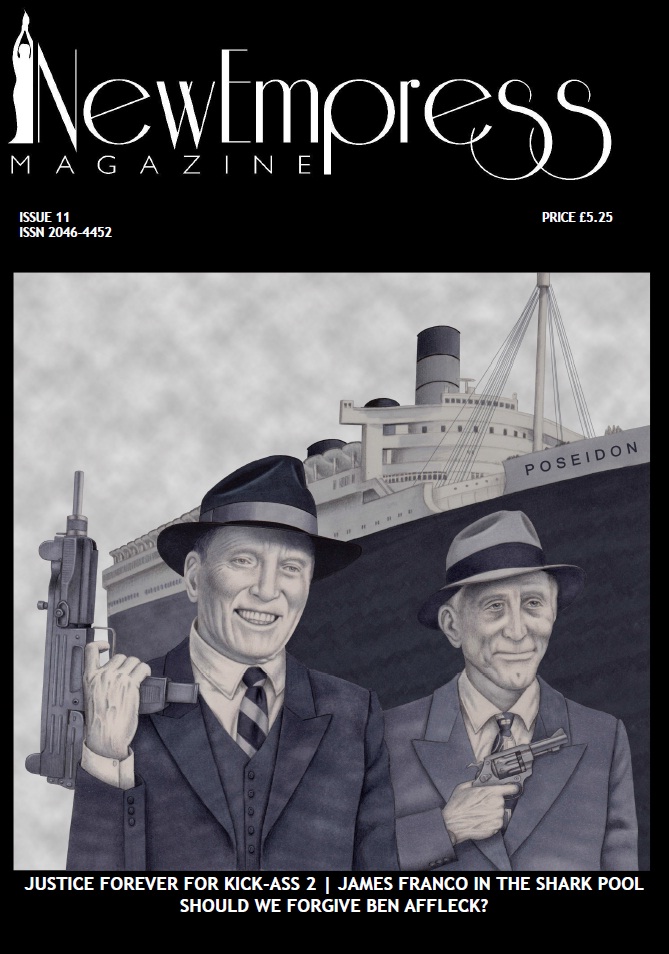
Set in northwest Greenland, the titular village is Niaqornat, which has a meagre population of 59. These people are Inuits, living in colourful wooden homes with dramatic icebergs in the background and freshly hunted animal carcasses in the foreground. They follow the traditions of their ancestors by hunting seals, narwhals and even polar bears but modern day conveniences are still utilized with goods being delivered by ship in the light months to stock the only shop in the village. But, in contrast to the idyllic long shots presented to us, there is a major concern for rising sea levels and melting icebergs, and the village teacher introduces this intriguing place and population with the question “what is our future?”
Soon we learn of the catastrophic closure of the local halibut factory and the isolated community’s fight to reopen it as a cooperative in order to support their struggling society rather than being forced to move to one of the bigger towns nearby. Set over the duration of the diverse seasons in a year, the story is illustrated with a focus on particular characters from the village, from the oldest inhabitant to a lonely teenager Lars, seeking solace in modern technology such as Facebook and Google Earth.
Director Sarah Gavron, whose most well known work is 2007’s feature film Brick Lane, opts for being an observer rather than a commentator and whilst the subject matter is fascinating, the documentary only hints at important issues (such as an increase in suicide in Greenland) and jumps from one topic to another in an awkward fashion.
A wealth of picturesque long shots and interviews with inhabitants are the basis for this documentary, which feels average in both technique and style. The ending will please and is a satisfactory conclusion but there is a lack of emotion and power from the filmmakers. Locals offer snippets such as “the way of the Inuit is to struggle with nature and live sustainably from its fruits” which give some food for thought but perhaps the most overlooked aspect of the modern day Inuit is their use of technologies such as electricity and the Internet.
This is an interesting documentary that offers some insight into this unique way of life but never feels like it really gets going. At a mere 82 minutes, one can’t help but think the opportunity to explore in more detail was lost in the edit. A modern day Nanook of the North but not nearly as impactful.
Kezia has awarded Village at the End of the World three Torches of Truth.


















